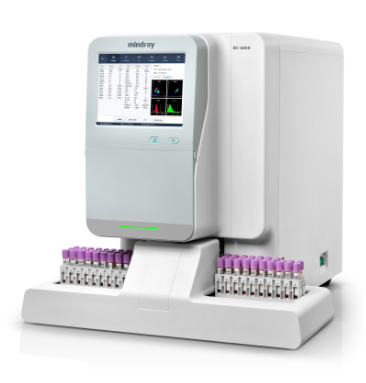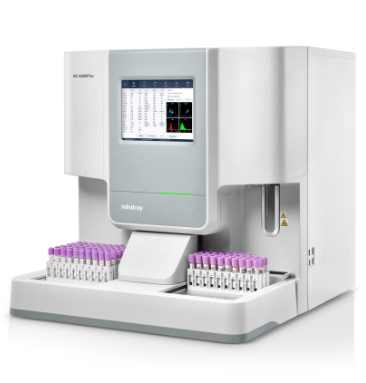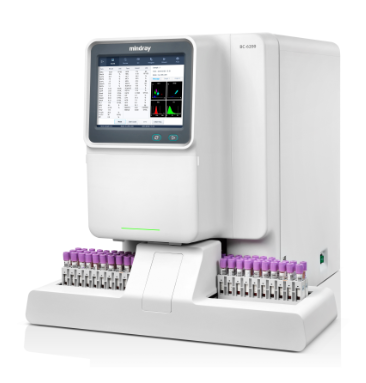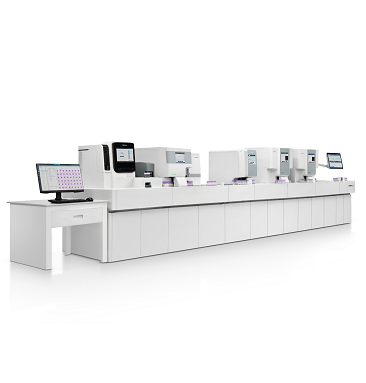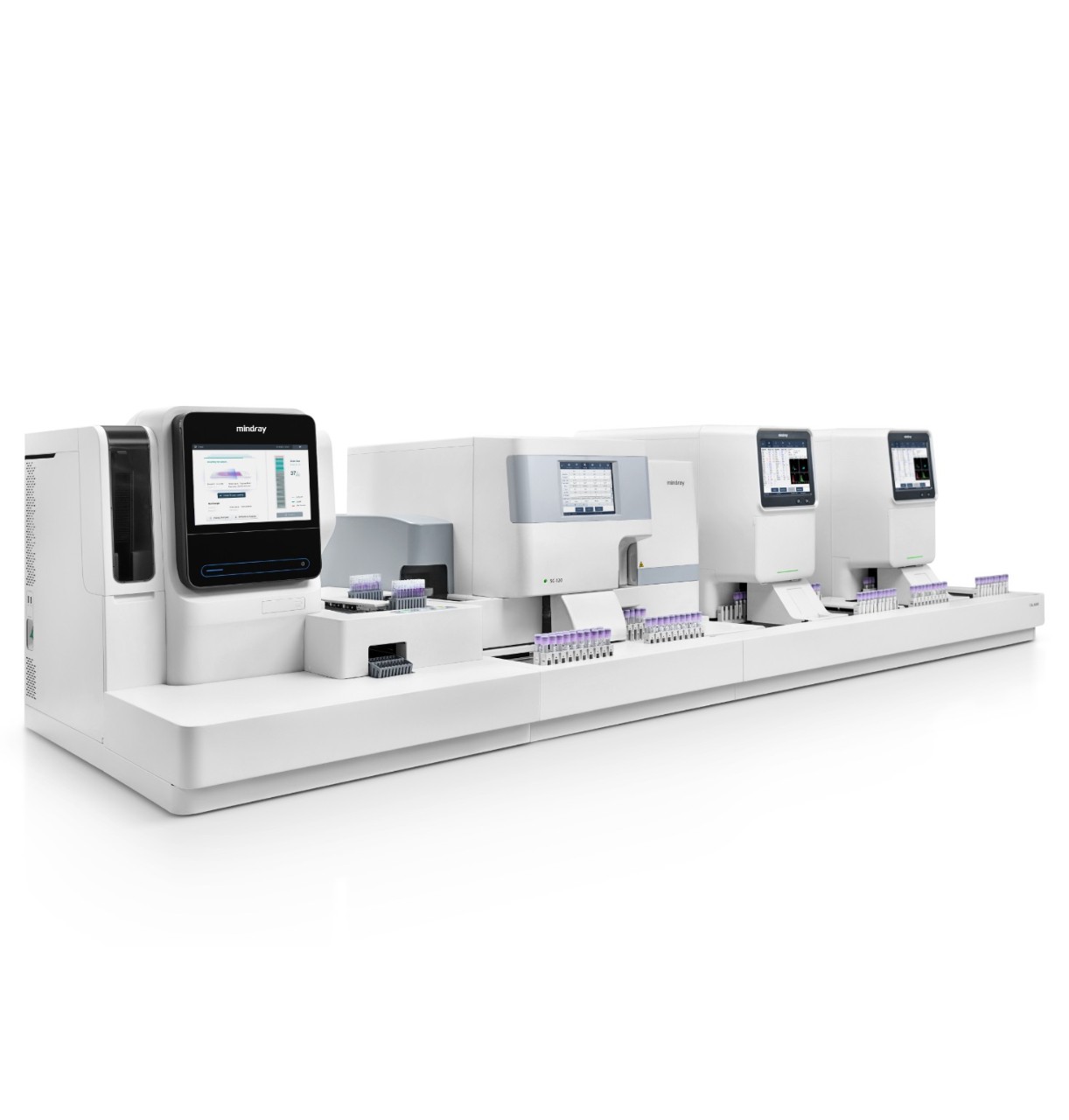HemaBook Chapter 3: Resolve your concerns about the risk of low-value PLT measurements
Mindray 2020-10-30
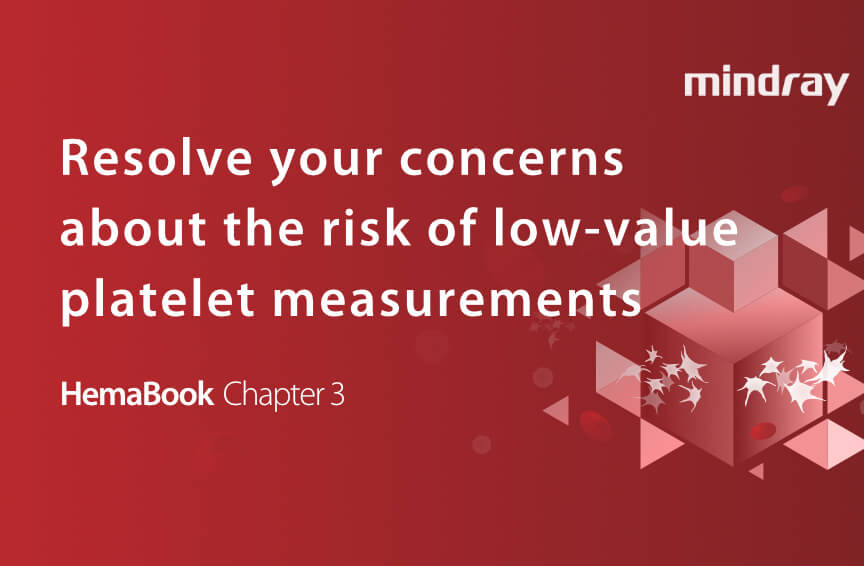
When the platelet value is low, patients are at risk of bleeding. Bleeding in vital organs is life-threatening.
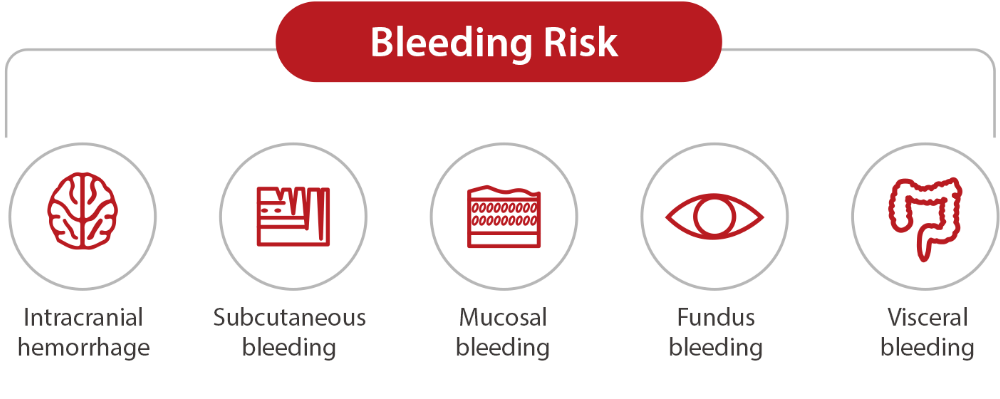
According to Giuseppe Lippi and other professors, there is no universal agreement on the definition of platelet transfusion thresholds.[1] However, the degree of accuracy and imprecision of the vast majority of fully automated hematological analyzers appears unsatisfactory, especially in the lower thrombocytopenic range, i.e.,<50×109/L.
The current guidelines and recommendations show that there is no consensus on the low PLT infusion threshold in several specific clinical situations, as shown in the following table.[1]
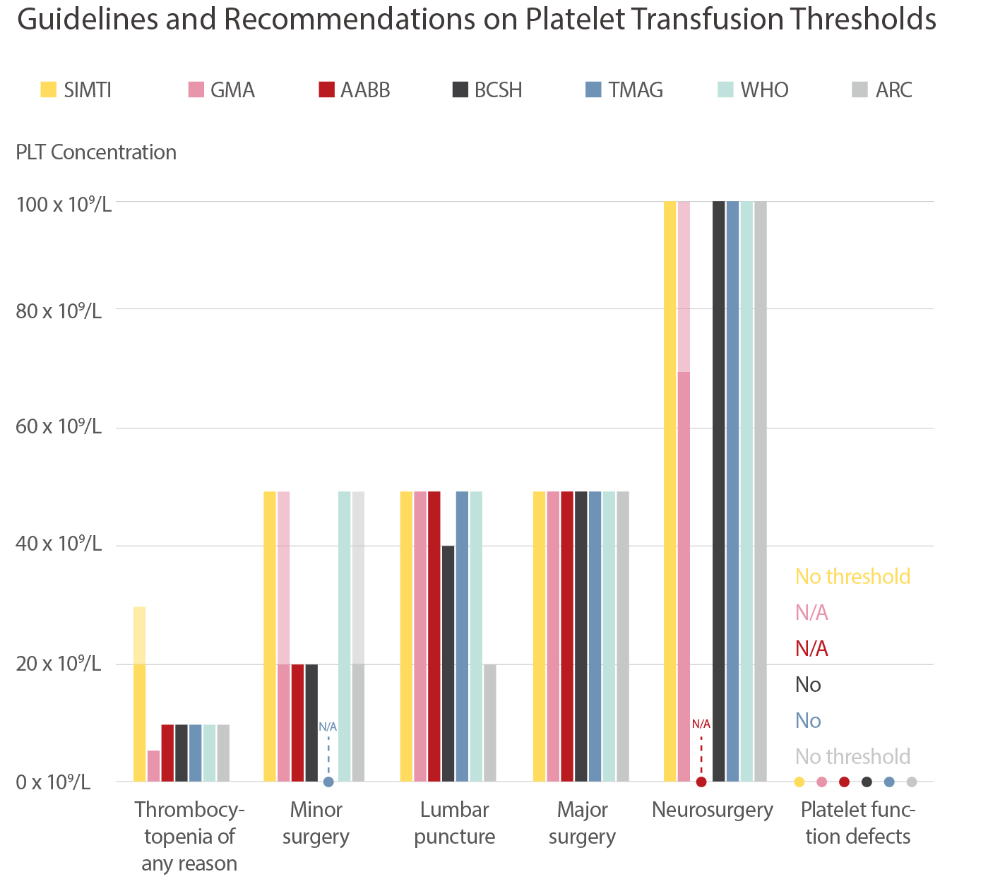
Abbreviations: SIMTI, Italian Society of Transfusion Medicine and Immunohaematology; GMA, German Medical Association; AABB, American Association of Blood Banks; BCSH, British Committee for Standards in Haematology; TMAG, British Columbia Transfusion Medicine Advisory Group; WHO, World Health Organization; ARC, American Red Cross; N/A, not available.
*Only in case of perioperative bleeding.
Low-value platelet counts also play an important role in evaluating the effectiveness of platelet transfusion. In the most common platelet transfusion formulas, including the post-transfusion platelet increment (PPI), the percentage platelet recovery (PPR), and the corrected count increment (CCI), the absolute count of platelet is one of the key calculation factors[2]. Among them, most clinicians use an estimate of transfused platelet content and average body surface area to calculate the CCI, and an absolute platelet increment of greater than 10 × 109/L at 1 or 24 hours is considered a successful transfusion, which is consistent with the previous formula[3].
The platelet count results are still regarded as the mainstay for driving platelet transfusion practices, but the hematology analyzers, as the method, show different analytical performance. The Italian Working Group on Diagnostic Hematology of the Italian Society of Clinical Chemistry, Clinical Molecular Biology (WGDH-SIBioC) has conducted a multicenter study based on international guidelines, to verify the analytical performance of nine different types of hematology analyzers (HAs) in the automated platelet analysis. Let’s take a look at the report below.

Four hundred and eighty-six peripheral blood samples (PB), collected in K3EDTA tubes, were analyzed by ABX Pentra, ADVIA2120i, BC-6800, BC-6800Plus, Cell-DYN Sapphire, DxH800, XE-2100, XE-5000, and XN-20 with PLT-F App.
TABLE 1 Hematology analyzers and methods of platelet counts
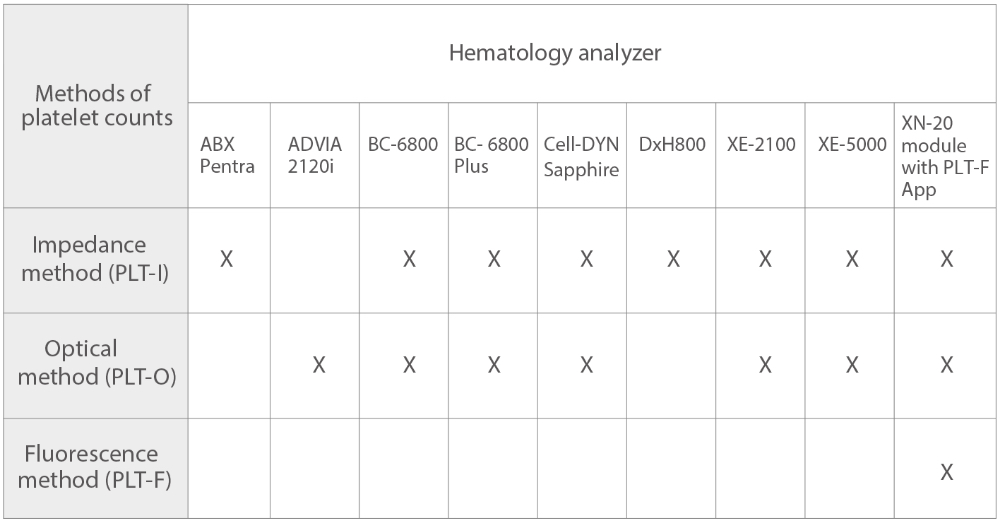
TABLE 2 Carryover (CO) and low limit of quantification(LoQ)

The carry-over (CO) rates of BC-6800 and BC-6800Plus both meet the requirements, the lowest in the group. The limit of quantification (LoQ) of PLT-O of BC-6800 and BC-6800Plus is lower than that of PLT-I, and the LoQ of PLT-O of BC-6800Plus is as low as 4x109/L, which is lower than PLT-O of XN-20, which is equivalent to PLT-F of XN-20. Interestingly, LoQ of PLT-I of XN-20 is lower than that of PLT-O.
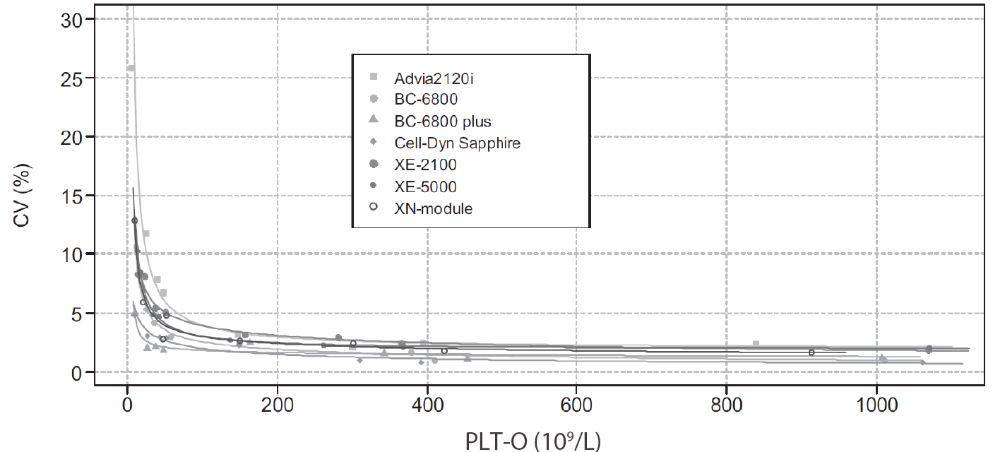
Generally speaking, the imprecision (%CV) increases as the platelet count decreases. In the segment of chart B (PLT-O precision), BC-6800Plus shows the lowest CV at all concentration levels. In the abstract, it’ s described as: No HAs showed desirable CVAPS for PLT counts less than 50.0 × 109/L, with the exception of Cell-DYN Sapphire (CV 3.0% with PLT-O mean value of 26.7 × 109/L), XN-20 (CV 2.4% with PLT-F mean value of 21.5 × 109/L), and BC-6800Plus (CV 1.9% with PLT-O mean value of 26.5 × 109/L).
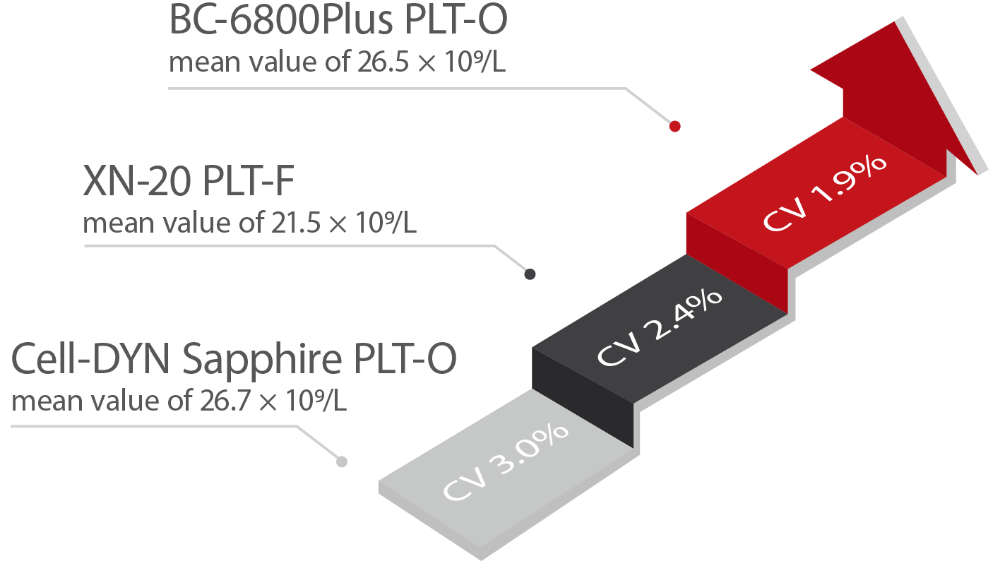
Among the cells of peripheral blood, platelets are the smallest, but as a population, the concentration of platelets plays an important role in hemostasis. To account for the risk of bleeding caused by low platelets, Mindray has introduced multi-fold PLT-O platform (SF Cube) to provide the correct count for thrombocytopenia samples. PLT-O is available in Mindray BC-6000 Series Auto Hematology Analyzers and the CAL 8000/6000 Cellular Analysis Lines.
References:
[1] Platelet Transfusion Thresholds: How Low Can We Go in Respect to Platelet Counting? Lippi G, Favaloro EJ, Buoro S. Semin Thromb Hemost. 2019 Sep 28. doi: 10.1055/s-0039-1696943. [Epub ahead of print]
[2] Rebulla P. Formulae for the definition of refractoriness to platelet transfusion. Transfus Med 1993;3(1):91–3.
[3] Hod E, Schwartz J. Platelet transfusion refractoriness. Br J Haematol 2008;142(3): 348–60.
